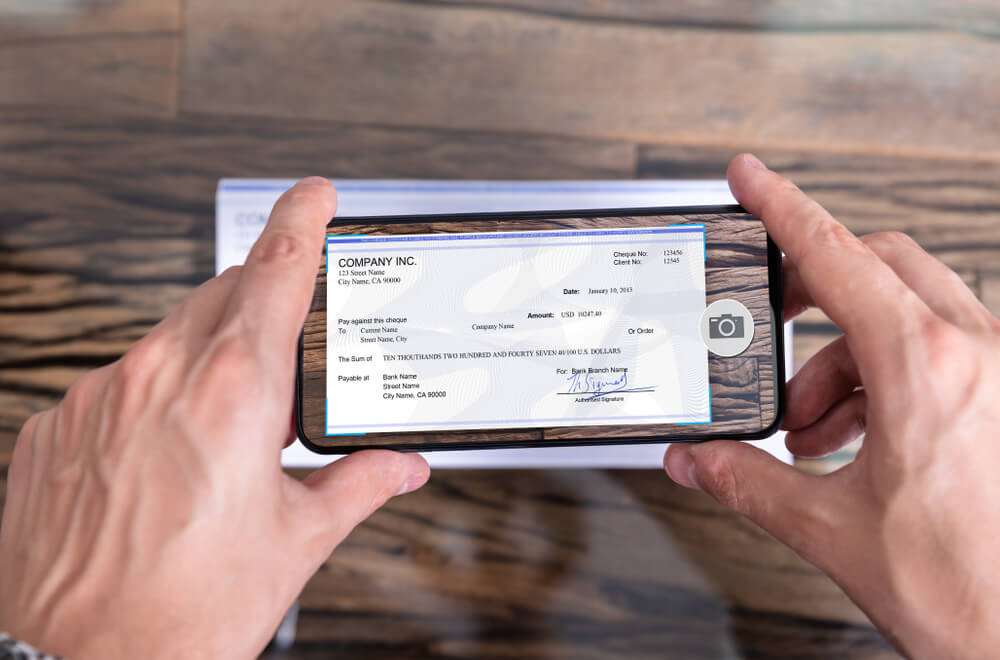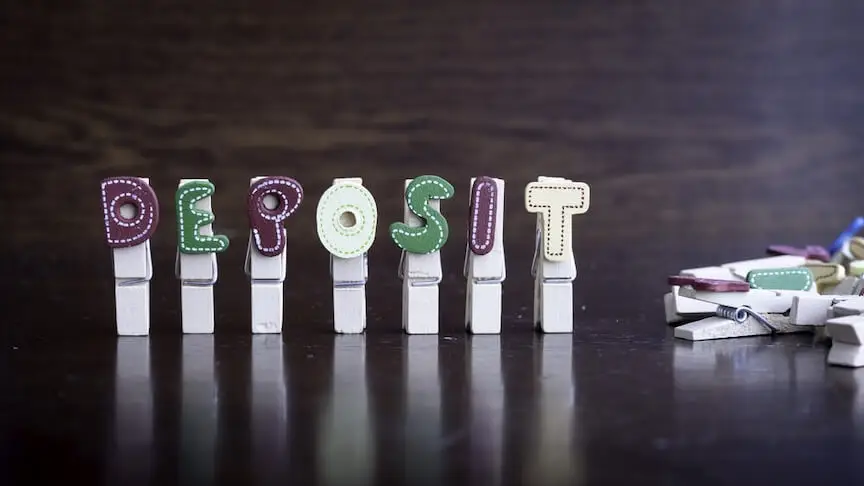The first thing to know about ACH direct deposits is that they are one method for electronically transferring funds into your checking or savings account. With an ACH direct deposit, you can get paid by a state or federal agency or by your employer quickly. Typically, you will receive an ACH direct deposit in your bank account in one to two business days. Salary payments, government benefits, and tax returns are three of the most common types of ACH direct deposits.
The Basics of ACH Payment
Getting your money via an ACH direct deposit is just a quicker form of wire transfer. ACH is an acronym that stands for the National Automated Clearing House Association. This is an electronic network used for processing transactions. The network relies on computers. Another name for ACH is direct pay. ACH is also known as an electronic check or an e-check.
ACH transactions are most commonly used for relatively low-amount payments between two financial institutions that perform ACH transactions. This usually just means that whoever is paying you has an account with a bank that performs ACH transactions, and you do as well.
A few examples of common ACH transactions are recurring payments, mortgages, car loans, and money transfers. Of course, receiving payment from your employer via direct deposit is also common. Generally, many people pay their online bills through ACH processing.
2019 was a good year for companies providing ACH payment services since the ACH processed 24.7 billion payments during that year. This massive number of ACH payments is part of a larger trend, as 2019 marked the fifth consecutive year that the Clearing House Association processed more than $1 billion in payments.
Person-to-person and business-to-business payments are two of the most common uses of ACH payments. Aside from direct deposits, charitable donations were another payment made via an ACH payment. Many people also paid their tuition via direct deposit in 2019. Since ACH payments and ACH deposits are both convenient, many people paid for a variety of subscription services using ACH payments in 2019. The total of these ACH payments made in 2019 exceeded $55.8 trillion.

How Does an ACH and ACH Payment Service Work?
One requirement that you must fulfill when setting up an ACH is having a checking or savings account. You must also provide the person paying you with your bank account’s routing number and your bank account number. It is impossible for ACH direct deposits to be processed until you provide all this information to the person or institution making the payment to you. Giving them this information ensures that the money is directly deposited into the correct bank account.
Another important term to know is ODFI. The ODFI, or Original Depository Financial Institution, is a term crucial to any ACH transaction. The ODFI serves as the link between the Federal Reserve and the ACH network, acting as the originator of ACH transactions. There is an agreement between the ACH Operator and the ODFI that allows the ODFI to send transactions into the ACH network. The ODFI does so on behalf of the transaction’s actual originator.
A depository financial institution must obtain authorization before depositing or withdrawing funds from an account to qualify as a certified ODFI. The ODFI has several responsibilities, beginning with ensuring that no unauthorized users gain access to your ACH data.
The ODFI is also responsible for maintaining contracts with every single one of the transaction originators that it works with so transactions go through smoothly. The ODFI is also required to ensure that returns are always below a threshold that both the institution and the originators of the transactions agree upon beforehand. ODFIs do not necessarily need to work with originators to establish sufficient controls and proper oversight of debit transactions. However, ODFIs often work with originators to minimize the risk of transfers being returned.
What Is an RDFI?
An RDFI is a receiving depository financial institution. Any financial institution that operates as an ODFI must also operate as an RDFI. The reason the financial institution must also work as an RDFI is to receive credit transactions in addition to ACH payments. The RDFI receives either indirect or direct transactions from the entity serving as its ACH operator. The ACH operator then deposits or withdraws debit or credit from customers’ accounts.
The financial institution you are using for ACH payments must operate as an RDFI so customers or the institution’s members can get funds via an ACH payment service. An RDFI is necessary for any deposits or withdrawals to and from customer accounts. The RDFI must follow the Nacha Operating Rules. The RDFI must also fulfill multiple responsibilities, such as posting transactions to the receiver’s accounts correctly and promptly, validating ACH entries, and generating receipts for ACH entries on time. Notifying transaction originators about inaccurate data that is part of accepted entries is another responsibility of the RDFI.
How Are ODFIs and RDFIs Similar?
The first and most obvious similarity between ODFIs and RDFIs is that they both carry out financial transactions. Additionally, both an RDFI and an ODFI must maintain a relationship with an ACH operator. This is necessary so that the ODFI and RDFI can access the ACH network. Another similarity is that both RDFIs and ODFIs need to pay fees to access the ACH network. RDFIs and ODFIs must also undergo rigorous auditing processes.
People naturally want to receive their money quickly these days, but RDFIs and ODFIs must use an operator to make an ACH deposit or process another type of ACH transaction. One ACH operator that many ODFIs and RDFIs both use is the Automated Clearing House Network. It is also important to note that the Federal Reserve has announced plans to offer a real-time payment option. This option will be available by 2024.

What About Network Administration Fees?
Network administration fees are necessary for the upkeep of the ACH network. Any and all depository financial institutions pay these fees to ensure that the ACH network functions properly. Any depository financial institution that gets or sends ACH entries pays Nacha an annual fee to use the ACH network. These financial institutions also pay a per-entry fee for all the costs that go along with Nacha administrating the ACH network.
Nacha manages the ACH network “at cost,” and this is why collecting these fees is even more important. The Nacha Board of Directors decides the amounts of the fees annually. The board also changes the amount of the fees when it feels it is necessary to do so.
We want your feedback. Which section of this article was the most informative and interesting to you? Comment below and let us know.
Last updated: September 2025

